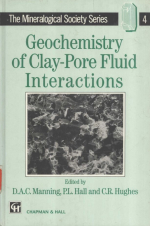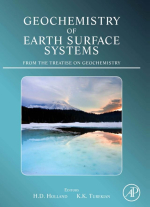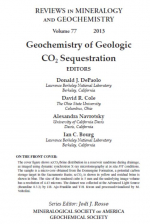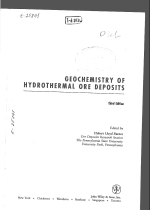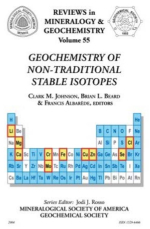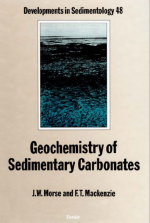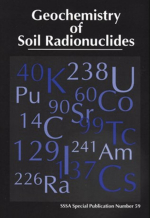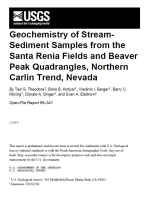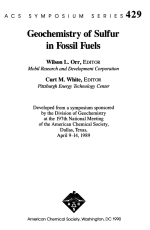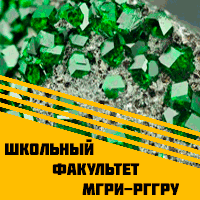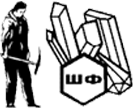A broad west-to-east increase of many metal concentrations has been found in stream sediments during a reconnaissance investigation conducted in conjunction with geologic studies in the Santa Renia Fields and Beaver Peak 7–1/2 minute quadrangles near the northern end of the Carlin trend of gold deposits in the Tuscarora Mountains. This regional increase in metal concentrations coincides with a dramatic change in landform wherein high concentrations of metals in stream sediments appear to correlate directly with areas of high elevations and steep slopes in the Beaver Peak quadrangle. Robust erosion combined with high flow rates in streams from these higher elevations are envisaged to have contributed significantly to increased metal concentrations in the stream sediments by an enhanced presence of minerals with high specific gravities and a correspondingly diminished presence of minerals with low specific gravities. Minerals with low specific gravities probably have been referentially flushed down stream because of high transporting capacities for sediment by streams in the Beaver Peak quadrangle. In addition, the Carlin trend, a generally northwest-alignment of gold deposits in the Santa Renia Fields quadrangle, is well outlined by arsenic concentrations that include a maximum of approximately 54 parts per million. Further, a weakly developed distal-to-proximal metal zonation towards these gold deposits appears to be defined respectively in plots showing distributions of thallium, arsenic, antimony, and zinc. A broad area of high metal concentrations—including sharply elevated abundances of Ag, As, Au, Cd, Co, Cu, Mn, Ni, P, Sb, Sc, Te, V, and especially Zn—near the southeast corner of the Beaver Peak quadrangle primarily could be the result of stratiform mineralized rocks in the Ordovician Vinini Formation or Devonian Slaven Chert, or the result of a subsequent Mesozoic or Tertiary epigenetic overprint. <...>


